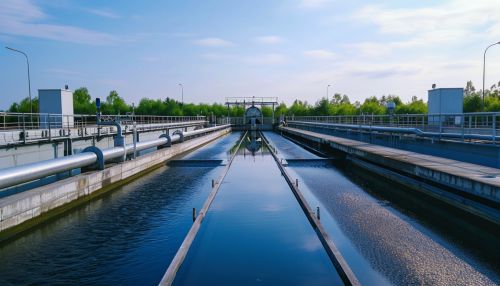Allen Hazen
Early Life and Education
Allen Hazen was born on August 28, 1869, in Williamstown, Massachusetts. He displayed an early interest in physics and mathematics, leading him to pursue a degree in these fields at the Massachusetts Institute of Technology. He graduated from MIT in 1889, after which he continued his studies at the Lawrence Scientific School of Harvard, earning a degree in civil engineering in 1891.


Career
Hazen's career spanned several decades and was marked by significant contributions to the field of hydraulics, sanitary engineering, and water supply. He worked on the design of several water supply systems, including those in Albany, New York, and Portland, Oregon. His work in these areas led to the development of the Hazen-Williams equation, a formula used to calculate the pressure drop of water in a pipe.
In 1897, Hazen joined the firm of Hazen and Whipple, where he worked alongside George W. Fuller and John W. Hill. The firm was involved in several major water supply projects, including the design of the Croton Aqueduct in New York City and the Metropolitan Water Board in London.
Hazen also served as a consultant to the U.S. Public Health Service, where he contributed to the development of standards for the treatment of drinking water. His work in this area led to significant improvements in public health and the prevention of waterborne diseases.
Contributions to Science
Hazen's scientific contributions extend beyond his work in engineering. He conducted extensive research in the field of bacteriology, particularly in relation to the purification of water. His studies led to the development of the Hazen's Bacteriological Index, a method for determining the bacterial content of water.
In addition to his work in bacteriology, Hazen made significant contributions to the field of hydrology. He developed the Hazen's Law, a principle that describes the relationship between the size of a particle and its settling velocity in a fluid.
Legacy
Hazen's work has had a lasting impact on the fields of hydraulics, sanitary engineering, and water supply. His contributions to the development of water treatment standards have significantly improved public health and the quality of drinking water. In recognition of his contributions, the American Society of Civil Engineers established the Allen Hazen Award, an honor given to individuals who have made significant contributions to the field of environmental engineering.


